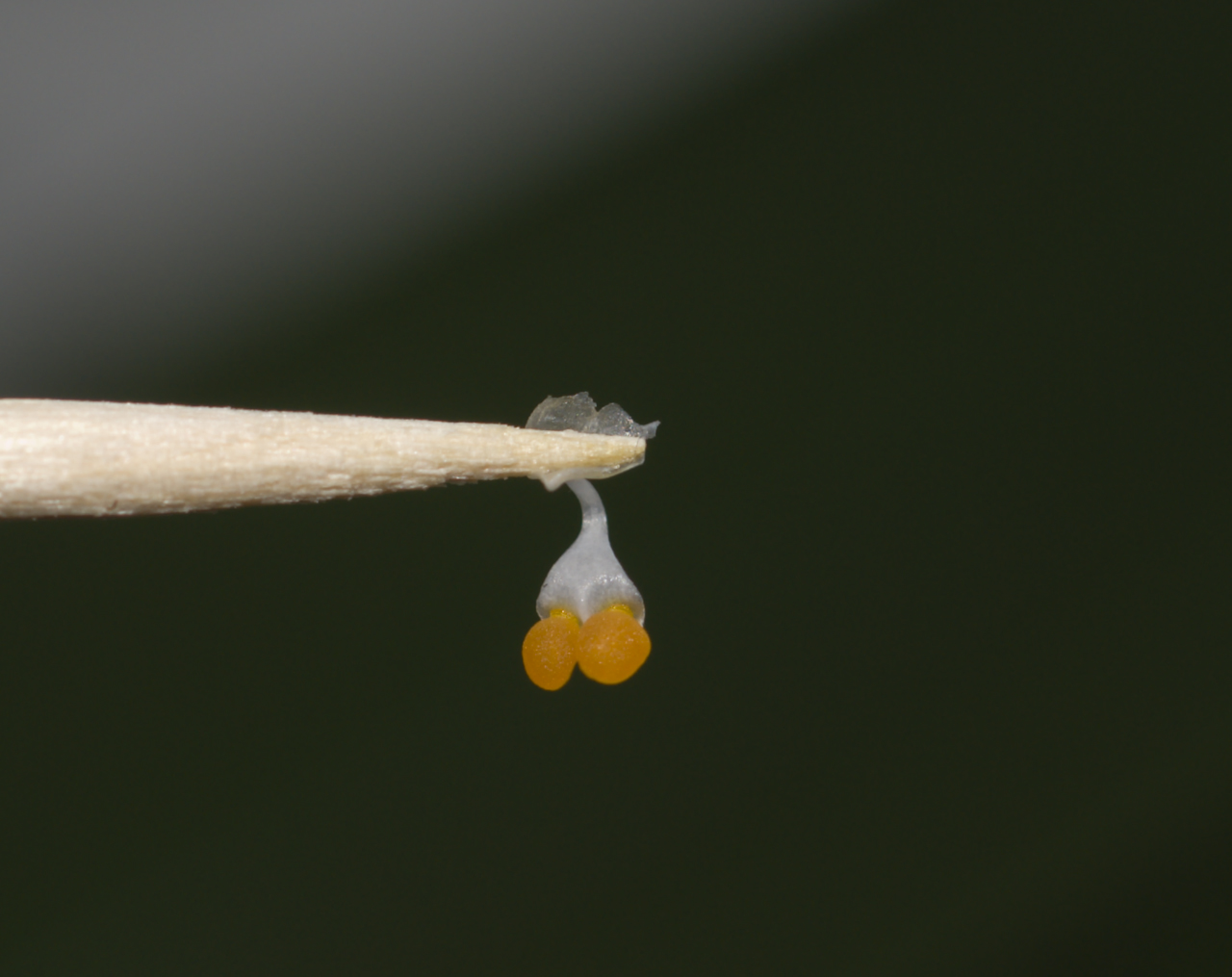|
Vanilla Planifolia
''Vanilla planifolia'' is a species of vanilla orchid. It is native to Mexico and Belize. It is one of the primary sources for vanilla flavouring, due to its high vanillin content. Common names include flat-leaved vanilla, and West Indian vanilla (also used for the Pompona vanilla, '' V. pompona''). Often, it is simply referred to as "the vanilla". It was first scientifically named in 1808. With the species' population in decline and its habitats being converted to other purposes, the IUCN has assessed ''Vanilla planifolia'' as Endangered. Habitat It prefers hot, wet, tropical climates. It is cultivated and harvested primarily in Veracruz, Mexico, Tahiti, Indonesia, and Madagascar. Description Like all members of the genus ''Vanilla'', ''V. planifolia'' is a vine. It uses its fleshy roots to support itself as it grows. Flowers Flowers are greenish-yellow, with a diameter of 5 cm (2 in). They last only a day, and must be pollinated manually, during the morning, if ... [...More Info...] [...Related Items...] OR: [Wikipedia] [Google] [Baidu] |
Köhler's Medicinal Plants
''Köhler's Medicinal Plants'' (or, ''Köhler's Medizinal-Pflanzen'') is a German herbal written principally by Hermann Adolph Köhler (1834 - 1879, physician and chemist), and edited after his death by Gustav Pabst. The work was first published in the late 19th century by Franz Eugen Köhler of Gera. Its complete title is . Publication history Originally, Köhler published the herbal in two volumes: the first in 1887, the second in 1890. Volume one is illustrated with 84 full-page, multi-colour plates, and volume two with 110. A third volume was added in 1898, entitled ''Neueste Medizinalpflanzen und Verwechslungen'', which is a supplement containing additions and corrections. Among the additions are 80 more colour plates. A fourth volume was announced by the publisher, but never released. All the colour plates in the herbal were produced through a process called '' chromolithography''. The botanical illustrators were Walther Otto Müller, C. F. Schmidt, and K. Gunther. A rep ... [...More Info...] [...Related Items...] OR: [Wikipedia] [Google] [Baidu] |
Hand Pollination
Hand pollination, also known as mechanical pollination is a technique that can be used to pollinate plants when natural or open pollination is either undesirable or insufficient. Method This method of pollination is done by manually transferring pollen from the stamen of one plant to the pistil of another. The plant the pollen is taken from is called the pollen donor or pollen parent, while the plant receiving the pollen is the seed parent. Hand-pollination is often done with a cotton swab or small brush, but can also be done by removing the petals from a male flower and brushing it against the stigmas of female flowers, or by simply shaking flowers in the case of bisexual flowers, such as tomatoes. A special case are plants where the pollen are condensed in a mass called the pollinium, such as in orchids. In this case a small utensil is used to which the pollinia will stick. Reasons Common reasons for choosing this method include the lack of pollinators, keeping control of ... [...More Info...] [...Related Items...] OR: [Wikipedia] [Google] [Baidu] |
Crops Originating From Mexico
A crop is a plant that can be grown and harvested extensively for profit or subsistence. When the plants of the same kind are cultivated at one place on a large scale, it is called a crop. Most crops are cultivated in agriculture or hydroponics. Crops may include macroscopic fungus (e.g. mushrooms) and marine macroalga (e.g. seaweed), some of which are grown in aquaculture. Most crops are harvested as food for humans or fodder for livestock. Some crops are gathered from the wild often in a form of intensive gathering (e.g. ginseng, yohimbe, and eucommia). Important non-food crops include horticulture, floriculture and industrial crops. Horticulture crops include plants used for other crops (e.g. fruit trees). Floriculture crops include bedding plants, houseplants, flowering garden and pot plants, cut cultivated greens, and cut flowers. Industrial crops are produced for clothing (fiber crops e.g. cotton), biofuel (energy crops, algae fuel), or medicine (medicinal plants ... [...More Info...] [...Related Items...] OR: [Wikipedia] [Google] [Baidu] |
.jpg)
